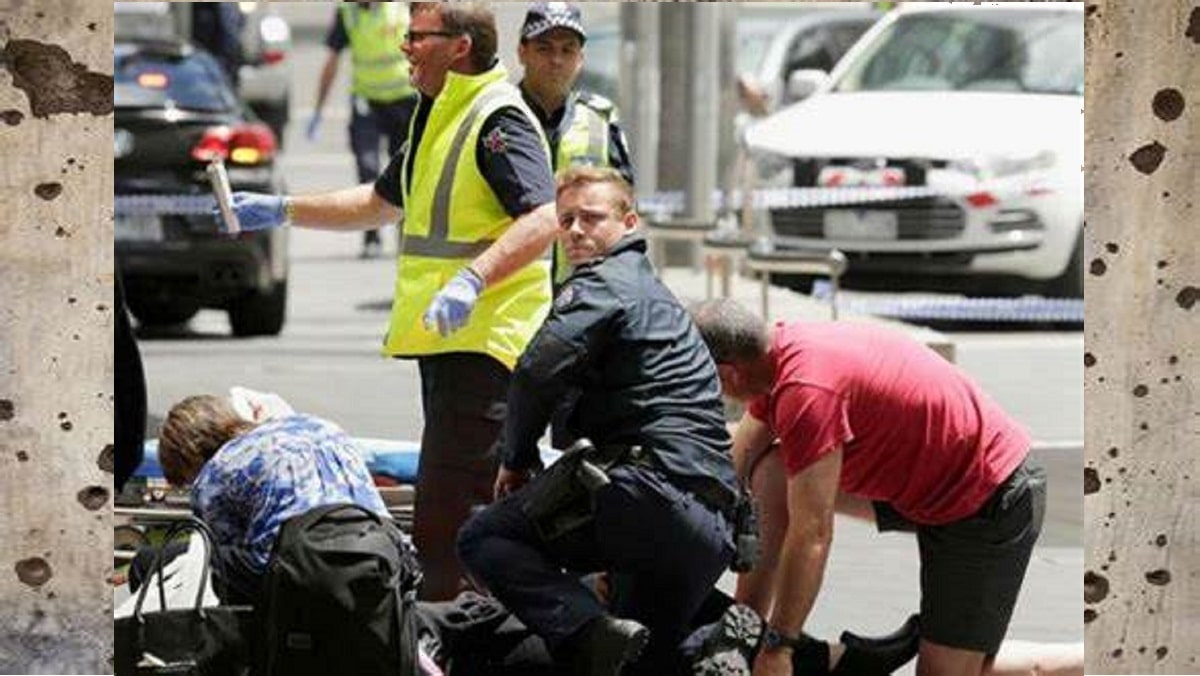The Council on Criminal Justice, a nonpartisan criminal justice think tank, prepared a report which analyzed 2020 crime rates for ten different offenses in 34 American cities. The report, which was commissioned by Arnold Ventures, a philanthropic organization dedicated to tackling injustice in the United States, showed a startling rise in gun crimes and aggravated assaults in the cities analyzed.
The intent of the study was to understand the impact of the pandemic and accompanying lockdowns. The study built on several smaller studies that were performed throughout the year. The crime data used for comparison were obtained from monthly data posted online by city police departments for the 48-months between January 2017 and December 2020.
Recommendations were then made on the factors which led to the results found and what strategies might be implemented in order to promote a positive change.
Compared to the same time periods in 2019, in January and February, the average city homicide rate increased by 32.5%. From March through May, 19.4% higher, June through August, 37.2% higher, and September through December, 28.2% higher.
The study found that homicides rose sharply in 2020 to 30% higher than in 2019. The increase in the homicide rate accounted for 1,268 more deaths in the sample of 34 cities than the prior year. Homicides increased in nearly every one of the 34 cities in the study.
[T]he sample for the current study was not drawn at random, it is roughly representative of the violent crime levels in large cities. In 2019, the violent crime rate of the sample was 756 violent crimes per 100,000 city population, very close to the FBI’s Uniform Crime Reporting program’s violent crime rate average of 736 per 100,000residents for cities with populations between 500,000 and 999,000.
Excerpt from study “Pandemic, Social Unrest, and Crime in U.S. Cities”
Figure 1 shows the average monthly homicide rate in all 34 cities for which homicide data were available.

Aggravated assault rates in 19 cities for which the data were available exhibited a cyclical pattern over time. The rate peaked in July of 2020 then dropped through the end of the year. Compared to the same time period in 2019, January and February saw an average increase of 3% in aggravated assault, March through May, the rate was .32% higher. A significant jump occurred during the summer months of June through August, which saw a 12.1% increase in aggravated assault rate. Fall months of September through December, the rate was 7.5% higher. From the time the emergency declarations were made in March through the end of the year, the average city aggravated assault rate increased by 7.0% over the same period in 2019. This represented an additional 6,741 aggravated assaults across the 19-city sample. See figure 2.

Gun assaults also showed an upward trend over the 2020 timeframe for the 15 cities for which data was available. Gun assaults peaked in July of 2020, then declined through the rest of the year.
In January and February, the average city gun assault rate increased by 12.7% over the same period in 2019. From March through May, the rate was -0.8% lower. For the summer months of June through August, the gun assault rate was 12.9% higher. For September through December, the rate was 9.5% higher.
Figure 3 shows the trend in gun assaults over the time period compared. Overall, in 2020, gun assaults increased by 8%,respectively, over 2019.

Figure 4 shows the rates of increase in homicides in some of the largest cities for which data were available. Not surprisingly, larger cities accounted for more of the overall increase, with New York, Los Angeles and Chicago accounting for 40% of the overall homicides in 2020.

The study looked at what precipitated the increase in violent crime and found that the pandemic played a small role, but the majority of the crime spike coincided with the violent riots that began after the death of George Floyd in Minneapolis. Much of the violence was also attributed to the “defund the police movement’ which stemmed from the riots.
Reduced reliance on the police impedes crime investigations and
Excerpt from study “Pandemic, Social Unrest, and Crime in U.S. Cities”
increases “street justice” to resolve disputes, resulting in more violence.
The study also said that as yet undetermined factors were also likely involved in the increase in violent crime.
Those with the most to lose are young black American males, who often see feel the brunt of community crime in larger cities. Chicago for example is notorious for black-on-black crime, which advocacy groups like BLM tend to ignore.
Philadelphia is another example, where “brotherly love” seems to be just a monaker. In 2020, 85% of shooting victims were male, and 85% were black. Around 59% of shooting victims were under the age of 30. Over 90% of shootings were not connected to a court case, meaning they were likely unsolved.














